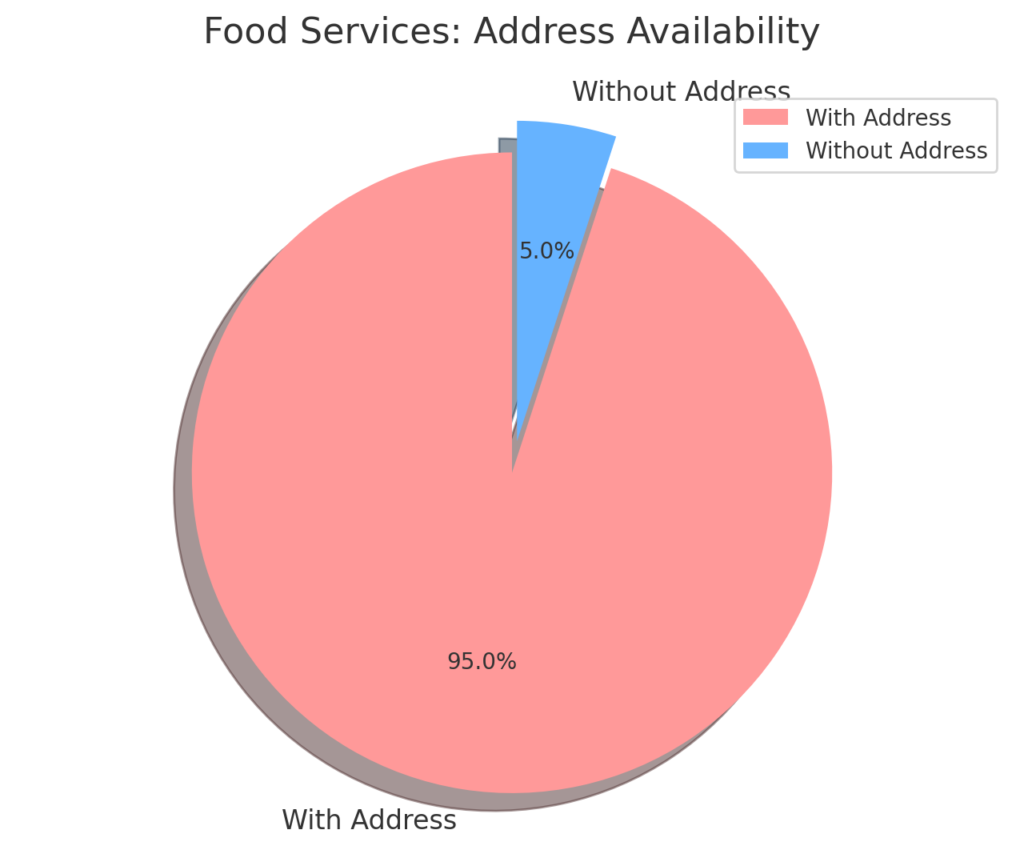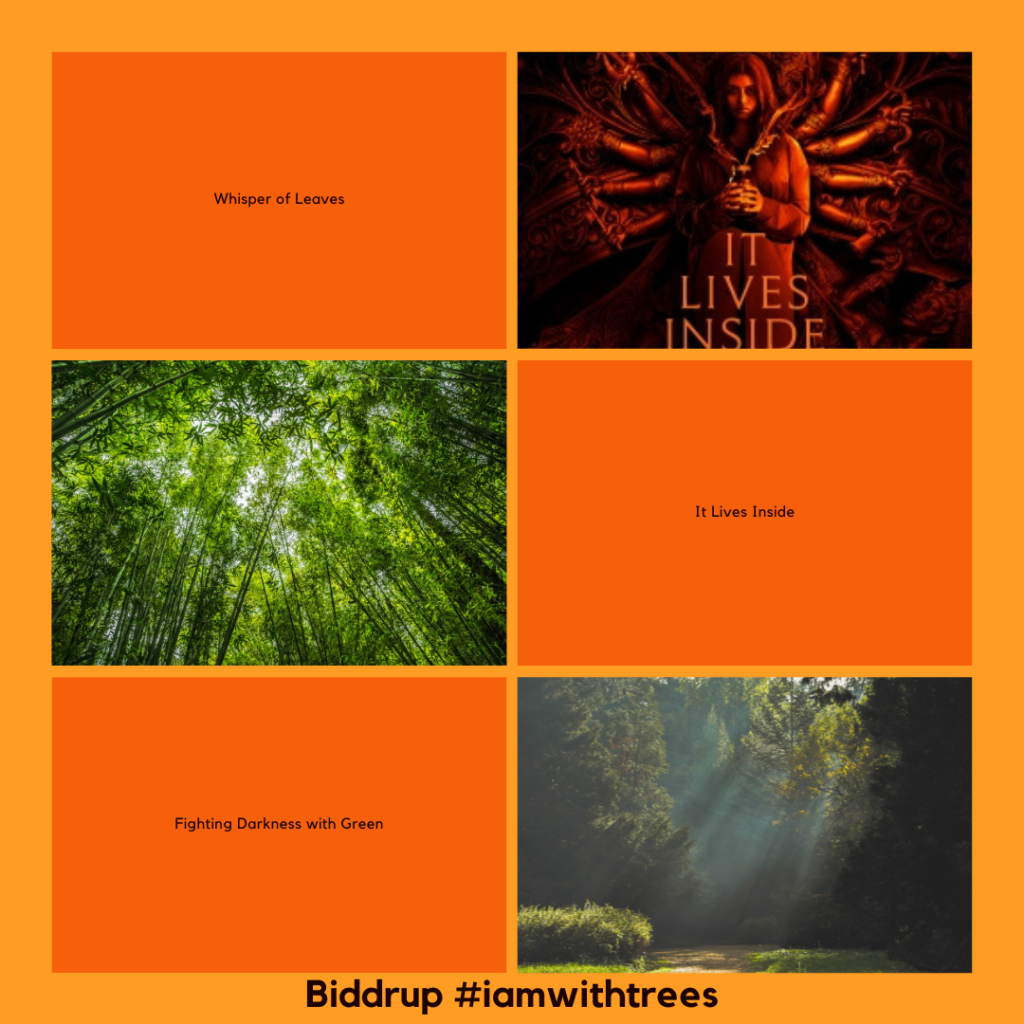Bats play a important role in our ecosystem, from pollinating plants to controlling insect populations. Unfortunately, bat populations have been declining due to habitat loss, disease, and other factors. That’s why it’s more important than ever to support bat conservation efforts.
If you’re looking for ways to make a difference, one simple step you can take is to quit smoking and use the money you save to plant trees for bat conservation. Tree planting provides essential habitat for bats, offering food sources, shelter, and roosting sites. In this post, we’ll explore ten ideas for how you can use your smoking savings to support bat conservation through tree planting.
Planting Fruit Trees That Provide Food For Bats
Fruit trees are an excellent natural food source for bats, and planting them can be an effective way to support bat conservation efforts. Here’s why fruit trees are important for bats, and some tips on how to plant and care for them.
Importance Of Fruit Trees For Bat Feeding
Fruit is an essential part of a bat’s diet, and planting fruit trees can provide a reliable food source for bats. By planting fruit trees, you can help to ensure that bats have access to the nutrition they need to thrive. Plus, planting fruit trees can also benefit other wildlife, such as birds and small mammals, that feed on the fruit.
Suitable Fruit Trees For Bat Feeding
There are several fruit tree species that are suitable for bat feeding, including:
- Apple
- Pear
- Peach
- Cherry
- Plum
- Fig
- Persimmon
These trees produce fruit that bats are known to feed on, making them an excellent choice for bat conservation.
Tips For Planting And Caring For Fruit Trees
Choose A Suitable Location
When planting fruit trees, choose a location that receives plenty of sunlight and is well-drained. Avoid planting trees in areas with poor drainage, as this can cause root rot.
Plant In The Fall Or Early Spring
The best time to plant fruit trees is in the fall or early spring when the soil is moist and temperatures are mild.
Prune Regularly
Pruning helps to keep fruit trees healthy and productive. Prune in late winter or early spring before the trees begin to bud.
Attract Bats To The Area
To attract bats to your fruit trees, consider installing a bat house nearby. You can also plant night-blooming flowers and herbs to attract insects, which bats feed on.
Planting fruit trees that provide food for bats is a simple but effective way to support bat conservation efforts. By choosing suitable fruit tree species, planting them in a suitable location, and caring for them properly, you can help to create a habitat that supports bats and other wildlife.
Planting Trees That Provide Shelter And Roosting Sites For Bats
Planting trees that offer suitable shelter and roosting sites, you can help to support bat populations in your area. Here’s what you need to know about planting trees for bat conservation.
Types Of Trees That Bats Prefer For Shelter And Roosting
Bats prefer trees with cavities or crevices that offer shelter and roosting sites. Some tree species that are known to provide suitable habitat for bats include oak, maple, elm, and cedar. These species have rough bark or crevices that make them ideal for roosting.
Creating Bat-Friendly Roosting Sites Within Trees
If you’re planting trees specifically for bat conservation, consider creating bat-friendly roosting sites within them. You can do this by
Installing Bat Boxes
Bat boxes are artificial roosting sites that can be attached to trees. They provide bats with a safe and secure place to roost.
Leaving Snags And Dead Trees
Dead trees and snags can provide essential habitat for bats. By leaving them in place, you can create a habitat that supports bat populations.
Tips For Caring For Trees And Promoting Bat Habitat:
Plant Trees In Suitable Locations
When planting trees, choose a location that provides suitable sunlight, soil, and moisture conditions. This will help to ensure that your trees grow healthy and strong.
Prune Trees Regularly
Pruning trees can help to promote healthy growth and prevent disease. However, avoid pruning during the summer months when bats are roosting.
Provide Water Sources
Bats need water to survive, so providing a water source near your trees can help to support bat populations.
Avoid Using Pesticides
Pesticides can harm bats and other wildlife. Instead, use natural pest control methods to keep your trees healthy.
Planting trees that provide shelter and roosting sites for bats is an important way to support bat conservation efforts. By choosing suitable tree species, creating bat-friendly roosting sites, and caring for your trees properly, you can help to create a habitat that supports bat populations in your area.
Joining A Local Tree-Planting Organization Or Initiative That Supports Bat Conservation
If you’re interested in supporting bat conservation efforts through tree planting, joining a local organization or initiative can be a great way to make a difference. Here’s what you need to know about joining a local tree-planting organization that supports bat conservation.
Benefits Of Joining A Local Tree-Planting Organization For Bat Conservation
Support Bat Conservation Efforts
By joining a local organization that supports bat conservation, you can contribute to efforts to protect and preserve bat populations in your area.
Learn From Experts
Many local organizations and initiatives have experts who can provide information and guidance on the best practices for planting trees that support bat habitat.
Meet Like-Minded People
Joining a local organization is a great way to meet other people who share your interest in bat conservation and tree planting.
Local Organizations And Initiatives That Support Bat Conservation
Bat Conservation International
Bat Conservation International is a non-profit organization dedicated to the conservation of bats and their habitats worldwide. They offer a variety of programs and initiatives that support bat conservation, including tree planting projects.
The Nature Conservancy
The Nature Conservancy is a global conservation organization that works to protect lands and waters for the benefit of people and wildlife. They have local chapters that often organize tree-planting initiatives that support bat habitat.
Your Local Wildlife Agency
Many local wildlife agencies have programs and initiatives that support bat conservation and tree planting. Check with your local agency to see what opportunities are available in your area.
Tips For Getting Involved And Making A Difference
Volunteer For Tree-Planting Events
Many local organizations and initiatives hold tree-planting events throughout the year. Volunteering for these events is a great way to get involved and make a difference.
Donate To Support Bat Conservation
Many organizations and initiatives rely on donations to support their programs and initiatives. Consider making a donation to support bat conservation efforts in your area.
Educate Others
Share information about bat conservation and the importance of tree planting for bat habitat with your friends, family, and community. The more people know about these issues, the more support there will be for conservation efforts.
Joining a local tree-planting organization or initiative that supports bat conservation is an excellent way to contribute to conservation efforts in your area. By volunteering, donating, and educating others, you can make a difference in the preservation and protection of bat populations and their habitat.
Creating A Bat Garden With A Variety Of Bat-Friendly Trees And Plants
If you’re interested in supporting bat conservation efforts through tree planting, creating a bat garden can be an enjoyable and fulfilling way to make a difference. Here’s what you need to know about creating a bat garden with a variety of bat-friendly trees and plants.
Benefits Of Creating A Bat Garden For Bat Conservation
Provides Habitat
A bat garden with a variety of trees and plants can provide a diverse habitat for bats to feed, roost, and breed.
Attracts Pollinators
Many bat-friendly plants are also attractive to pollinators such as bees and butterflies, which can help support overall ecosystem health.
Educational
A bat garden can also serve as an educational tool to raise awareness about bat conservation and the importance of supporting bat habitat.
Bat-Friendly Trees And Plants
Native Fruit Trees
Native fruit trees such as cherry, fig, and elderberry provide food for bats and other wildlife.
Night-Blooming Flowers
Flowers that bloom at night such as evening primrose and moonflower attract nocturnal insects, which are a food source for bats.
Trees With Hollows
Trees with hollows such as oak and hickory can provide roosting sites for bats.
Tips For Creating And Maintaining A Bat Garden
Choose A Location
A bat garden should be located in an area with access to sunlight and shade, and protection from wind and predators.
Research Plant Selection
Do some research on bat-friendly trees and plants that are suitable for your local climate and soil type.
Provide Water
A small pond or birdbath can provide a source of water for bats and other wildlife.
Avoid Pesticides
Pesticides can be harmful to bats and their food sources, so avoid using them in your bat garden.
Creating a bat garden with a variety of bat-friendly trees and plants can provide habitat for bats, attract pollinators, and serve as an educational tool for bat conservation. By choosing a location, researching plant selection, providing water, and avoiding pesticides, you can create a thriving bat garden that supports bat conservation efforts in your community.
Planting Trees In Areas Where Bat Populations Have Been Depleted Or Threatened
The depletion of bat populations is a growing concern for many conservationists. If you’re interested in supporting bat conservation efforts through tree planting, consider planting trees in areas where bat populations have been depleted or threatened. Here’s what you need to know.
Importance Of Restoring Bat Habitats
Bats Are Important Pollinators
Bats play a crucial role in pollination, and restoring their habitats can help maintain healthy ecosystems.
Threatened Populations
Many bat populations are threatened due to habitat loss, climate change, and disease. Restoring their habitats can help support their survival.
Positive Impact On Communities
Restoring bat habitats can have a positive impact on communities by promoting healthy ecosystems and reducing the need for harmful pesticides.
Areas Where Bat Populations Could Benefit From Tree Planting
Deforested Areas
Deforested areas are often lacking in the diverse habitats that bats need to thrive.
Urban Areas
Urban areas can be hostile to bats due to the lack of suitable roosting sites and food sources.
Agricultural Areas
Agricultural areas can be harmful to bat populations due to the use of pesticides and the removal of natural habitats.
Tips For Making A Difference Through Tree Planting
Partner With Local Organizations
Partner with local organizations that support bat conservation and have experience with tree planting.
Choose Native Trees
Choose native trees that are suitable for your local climate and soil type.
Plant In Groups
Plant trees in groups to create a diverse habitat that can support a range of bat species.
Monitor And Maintain
Monitor the health of the trees and maintain them regularly to ensure they continue to support bat populations.
Planting trees in areas where bat populations have been depleted or threatened is an important step in supporting bat conservation efforts. By restoring their habitats, we can promote healthy ecosystems, support threatened populations, and reduce the need for harmful pesticides. By partnering with local organizations, choosing native trees, planting in groups, and monitoring and maintaining the trees, you can make a positive impact on bat populations in your community.
Collaborating With Local Government Or Community Groups To Plant Trees In Urban Areas For Bat Habitat
Urbanization has caused a significant decline in bat populations as natural habitats are destroyed, and food sources are reduced. However, by collaborating with local government or community groups, we can create urban habitats that are suitable for bats. In this section, we will discuss the benefits of planting trees in urban areas for bat conservation and offer tips on how to make a positive impact.
Benefits Of Planting Trees In Urban Areas For Bat Conservation
Providing Food Sources
By planting fruit trees, nectar-producing flowers, and other vegetation, we can create a suitable food source for bats in urban areas.
Creating Roosting Sites
Trees provide important roosting sites for bats, which can be scarce in urban areas. By planting trees in urban areas, we can create new roosting sites and promote bat habitat.
Improving Air Quality
Trees help to reduce air pollution by absorbing carbon dioxide and other pollutants, which can have a positive impact on bat health.
Collaborating With Local Government Or Community Groups For Tree Planting
Research Local Organizations
Research local organizations that are involved in tree planting or bat conservation efforts.
Contact Local Government
Contact your local government to find out if they have any tree planting programs in place or are interested in starting one.
Reach Out To Community Groups
Reach out to community groups, such as neighborhood associations or environmental groups, to gauge their interest in a tree planting project.
Tips For Making A Positive Impact In Urban Areas For Bat Conservation
Choose The Right Trees
Select trees that are suitable for the local climate and soil conditions and provide a suitable habitat for bats.
Plant At The Right Time
Plant trees during the dormant season to ensure that they have the best chance of survival.
Maintain The Trees
Regularly prune and maintain trees to ensure that they remain healthy and continue to provide habitat for bats.
Collaborating with local government or community groups, we can create urban habitats that are suitable for bats. Planting trees in urban areas can provide food sources, roosting sites, and improve air quality. By choosing the right trees, planting at the right time, and maintaining the trees, we can make a positive impact in urban areas for bat conservation.



















